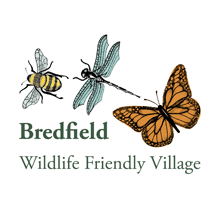A group of six people are walking through a meadow in June, sharing a delight in the flowers and, together, trying to remember what they are all called. A woman posts a picture on the local Facebook group of a woodpecker on her bird feeder and exclaims that it was a wonderful surprise. A couple walk through a woodland and their conversation pauses whilst they take in the carpet of bluebells and the delight of the bird song. None of these activities does anything directly to help nature recover from its current perilous plight, but these people are connecting with nature and they might just want to do something to help conserve the nature they love. Put more formally, nature connectedness might prove to be a stimulus and form the basis for what has been called ‘pro-nature behaviours’. ‘Pro-nature behaviours’ refer to the actions that individuals, families and communities take to protect natural habitats and create additional spaces where wildlife can thrive. Such actions might include wildlife-friendly gardening, protecting green spaces, wilding road verges, and many other green activities.
Nature connectedness “describes our sense of relationship with the natural world. It includes our emotional and intellectual relationship with nature and how we feel we fit within it.” [1] The Nature Connectedness Research Group states: “we need a new more connected relationship that recognises that we are part of nature. This is a relationship that will bring both pro-nature behaviours and improved mental well-being.” [2] Here, nature connectedness is being celebrated and advocated not simply because it stimulates actions to protect nature, but also because it brings improved mental well-being. Research suggests that “contact with nature can be beneficial, for example leading to improvements in mood, cognition, and health”. [3] So, the group walking through the meadow, the woman posting her woodpecker picture, and the couple walking through the woodland are likely to experience more than just to nudge to do something to help nature, they are also likely to feel better for it; to have an enhanced sense of emotional well-being.
Quotes from Bredfield Wildlife Friendly Village Facebook Group:
“Just wonderful to look out of our upstairs window today, where we’re lucky enough to have a crab apple tree at eye level, and find this lovely thrush enjoying a feast.” LW
“This woodpecker was a wonderfully entertaining visitor at my working from home office window this morning!” JC
“Felt very privileged to see these two deer running past our kitchen window last evening.” TA
Nature connectedness can be related or experienced by vicarious means but, to gain the real well-being benefits, you need to be outdoors in the natural world. Here is some of the scientific evidence [4] that being outdoors and connecting with nature is good for us:
- When out amongst nature, our heart and blood pressures lower and we produce less cortisol, the stress hormone; our brains produce more dopamine and sertonin, which enhances our sense of calm and well-being.
- Spending time looking at wildlife, can give our brains a rest from more workaday concerns; and then we might be more productive when we later return to deal with those concerns.
- Being out in natural light can improve your night time sleeping.
- When amongst trees and plants, we will be breathing in phytoncides – the chemical that trees and plants naturally produce to fight-off harmful bacteria – and this can, in turn, strengthen our immune systems.
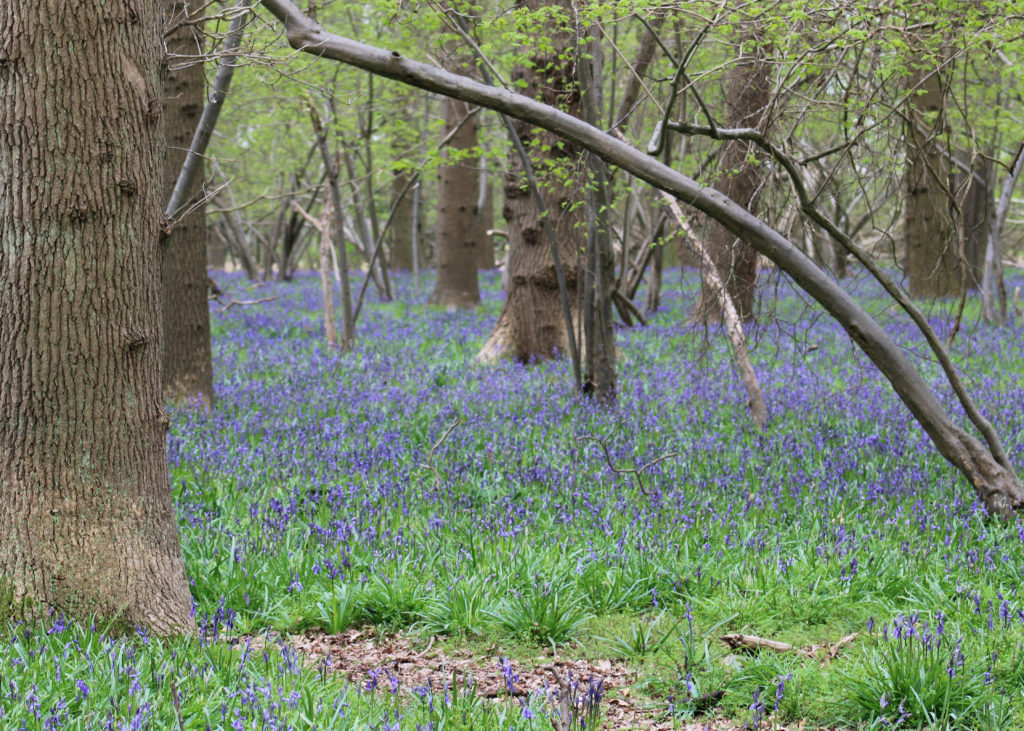
A bluebell wood – a fine place to connect with nature
The concept of nature connectedness might once have appeared rather ‘fluffy’. However, the causal link between connecting with nature and individual well-being is now well-researched, and the concept of nature connectedness supports of raft of social welfare initiatives, such as ‘social prescribing’ (recommending well-being enhancing activities, rather than well-being enhancing pills). You might mistakenly think that nature connectedness is some new discovery, but it has clearly been part of our history for much, much longer. Our early ancestors would have needed to be connected to nature in order to survive and thrive. The link between nature and health can be found in a long history of novels and social writing. Recently, Richard Mabey [5] and others have expounded the notion of ‘nature cure’. Studies carried out during and after the Covid 19 pandemic and associated lockdowns revealed that “enagaging with nature played a key role in maintaining people’s physical and mental health and overall well-being” [6}
“I found every breath of air, and every scent. And every flower and leaf and blade of grass. And every passing cloud, and everything in nature, more beautiful and wonderful to me than I had ever found it. This was the first gain from my illness. How little I had lost, when the wide world was so full of delight to me”
Ester’s narrative after her recovery from smallpox; from Charles Dickens, Bleak House, published 1853 [7]
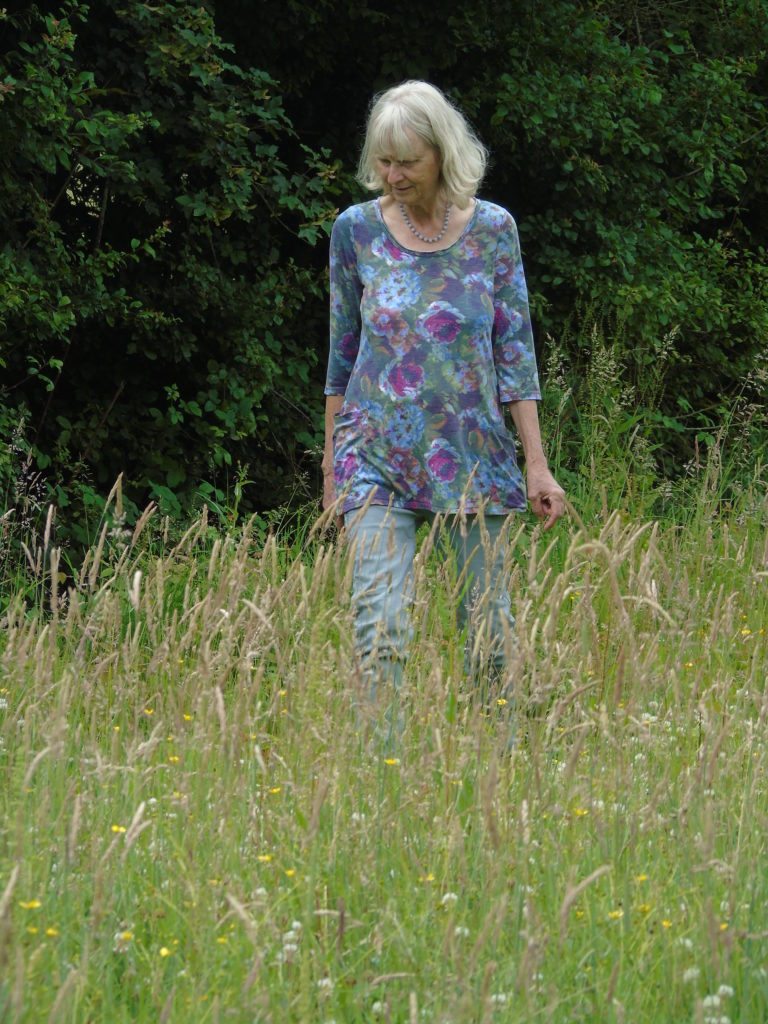
Meadowland nature 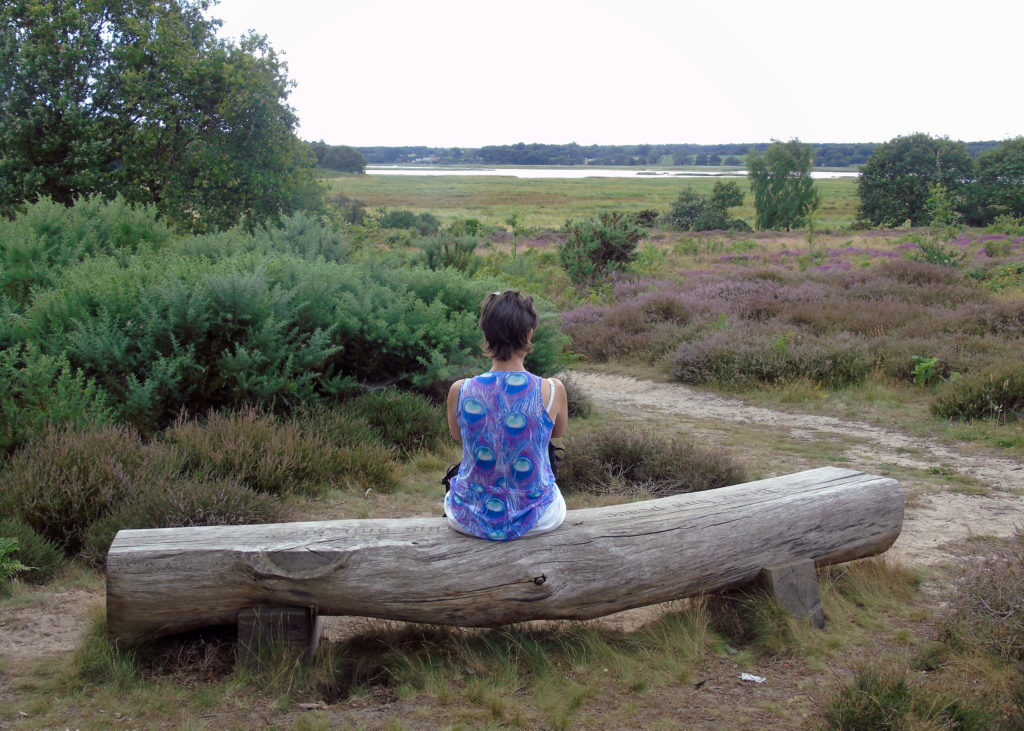
Heathland nature
It might seem that fostering ‘well-being’ is not really part of the mission of a local community nature group. But it should be, and the aim of such a group will be better served by doing so. Strategies to improve well-being can be aimed solely at isolated individuals, but they are likely to be much more effective when those individuals are connected with others. This is why we talk of ‘social prescribing’. Living in a community can help improve the well-being of individuals. It doesn’t always work but, when it does, the sense of human connectedness with others that it provides can be supportive and invigorating. Similarly, individuals on their own can connect with wildlife, but this connection will be stronger and more rewarding when it is done with others; when information is exchanged, experiences are discussed, and delights are shared. Importantly, a community nature group can provide the types of social interactions and group activities that help stimulate this well-being. The bonus is that these nature groups are helping the well-being of wildlife at the same time. Nature connectedness has both an affective element (getting a sense of joy from nature, or perhaps a sense of serenity) and a knowledge element (recognising what you are seeing in nature and knowing how one part of nature relates to another). Nature connectedness will be hindered if opportunities for gaining joy and serenity amongst nature are missing; and will be further hindered if opportunities for learning about nature are lacking. Communities can help provide or facilitate these opportunities.
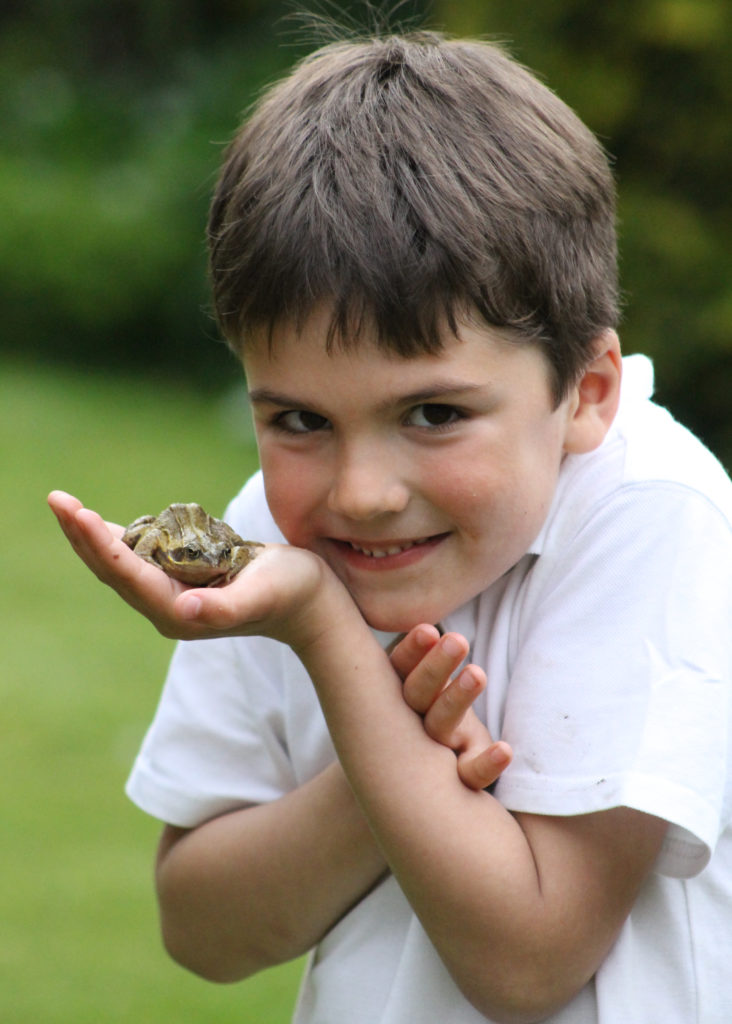
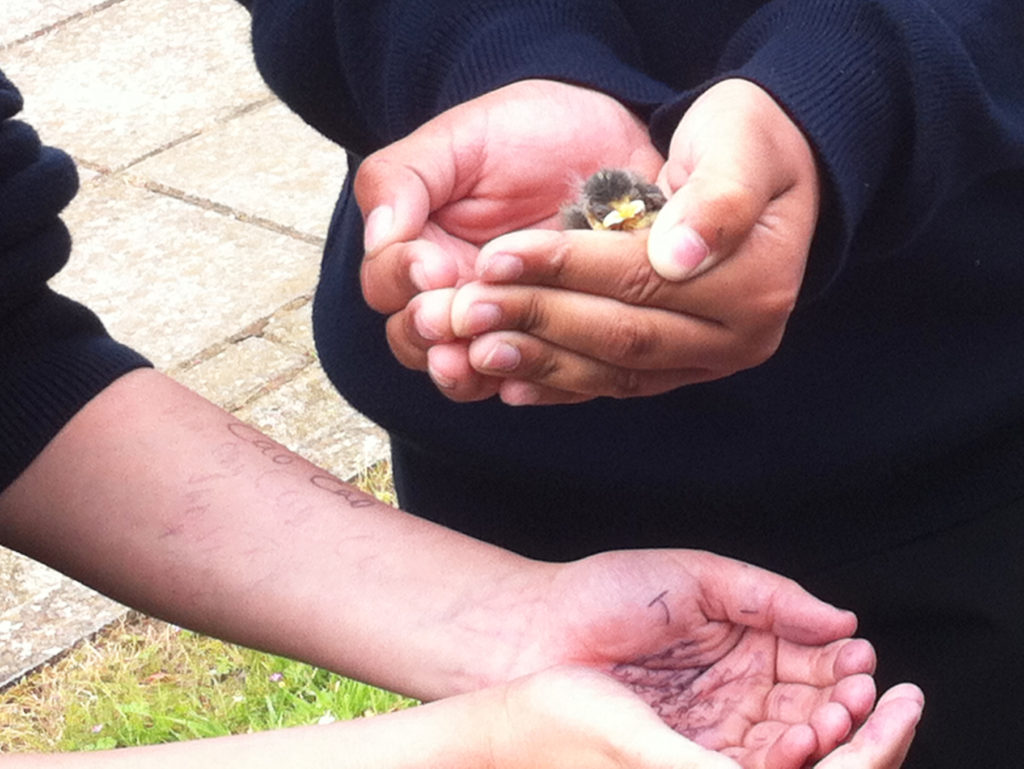
Children closely connecting with nature 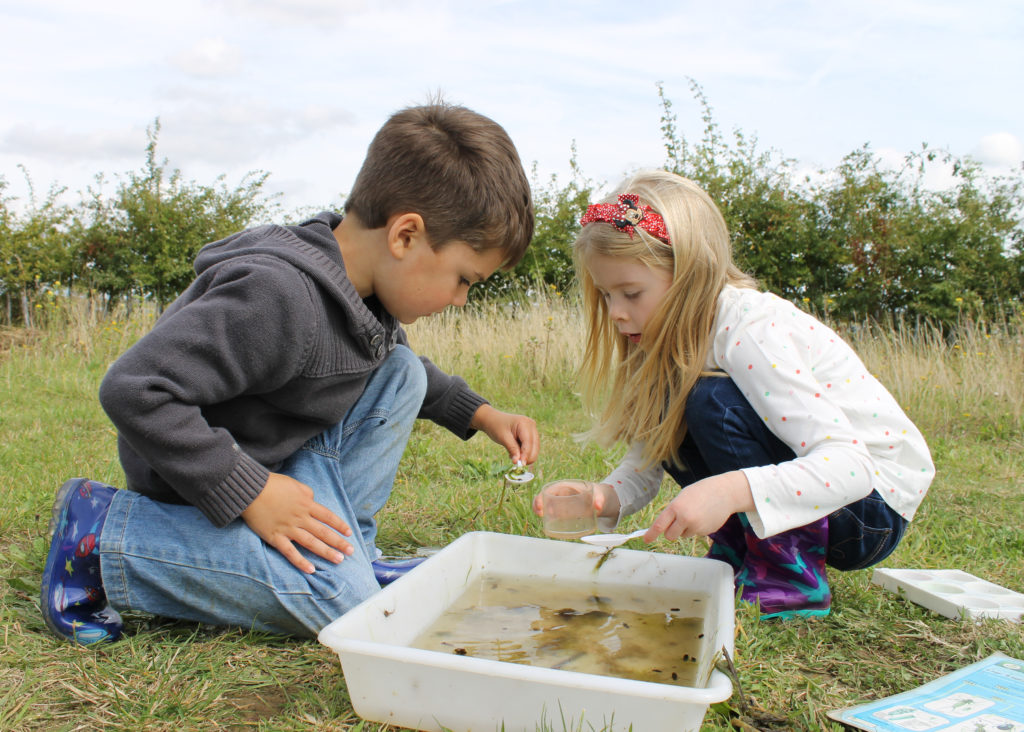
Before proceeding, it is worth saying a few cautionary words on learning about nature. Learning about nature can help the sense of nature connectedness, though it isn’t necessary to identify and name every species of wildlife and know all about their ecology. Indeed, an obsessive drive to name and list each and every species might prove more stressful than calming! This said, most people will want to give a name to what they are seeing, and know a bit more about the various aspects of nature they experience. Part of the mission of a community nature group should be to encourage and assist learning about nature. This learning could be targeted at school-children or adults. When it comes to nature, you’re never too old to stop learning. However, when learning is assisted by an appointed expert who seeks to teach, there is a trap waiting: the danger of being put off by what Nick Baker has called ‘expert syndrome’. Be wary not to fall into this trap!
“You might be one of the many people I meet who are desperate to connect with nature in some way but have been put off somewhat by the lingo, the bewildering array of subject matter and, perhaps, the consequences of getting something wrong. ‘Expert syndrome’ takes its toll on some people, clipping their enthusiasm, drowning the sometimes childlike wonder in a sea of seriousness.”
Nick Baker [8]
Let’s now get to the detail. Precisely what sort of community places, events, meetings and communication forums might provide opportunities for strengthening nature connectedness and encouraging wildlife-friendly practices? Clearly, appropriate means will vary from community to community, and it wouldn’t pay to be too prescriptive. Let’s have look at some possible means:
- Hold events ‘in the field’ that provide direct experiences of nature: wildflower walks, moth mornings, bat evenings, bio-blitzing, and so on.
- Organise work parties, where small groups of people come together to do such things as plant trees, or create spaces for wildflowers to grow.
- Hold indoor events. These might be meetings in the local village or community hall, with subjects like wildlife-friendly gardening, a guide to local wildlife, or perhaps more general green initiatives.
- Hold events for children and encourage nature connectedness at an early age. Get them outdoors, bug-hunting or pond-dipping (if you’ve got a pond). Devise nature-related indoor activities, such as drawing, solving puzzles or poetry writing.
- Produce a dedicated website that includes information, blogs and learning resources.
- Create a community Facebook group. With correct management, this can be a good means of community communications, and can be helpful in building nature awareness and nature connectedness.
- Make links with local schools. Your community might have resources (such as a wildflower meadow or woodland) that could be used by local school children and help stimulate their connection with nature. School-age learning resources could be developed and placed on your website.
- Make links and join with other villages and organisations to share knowledge and learn about wildlife preservation and nature connectedness. Help create a network of wildlife-friendly havens. Nature conservation requires the physical joining of wildlife-friendly environments, and is sustained by the social coming together of wildlife-friendly communities. You will not be alone!
References:
- ‘Nature Connectedness’, National Academy for Social Prescribing: https://www socialprescribingacademy.org.uk
- Nature Connectedness Research Group, University of Derby: https://www.derby.ac.uk/research/centres-groups/nature-connectedness-research-group/
- Capaldi, C.A., Dopko, R.L. & Zelenski, J.M. (2014) ‘The relationship between nature connectedness and happiness: a meta-analysis’, Frontiers in Psychology, 5: 976.
- Khan, A. (2022) ‘A Dose of Nature’, Wild Suffolk, winter edition
- Mabey, R. (2005) Nature Cure, Vintage
- ‘Report on how nature helped us cope with Covid-19’, Natural Resources Wales: https://naturalresources.wales/about-us/news-and-events/news/report-highlights-how-nature-helped-us-cope-with-covid-19/?lang=en
- Dickins, C. (1996) Bleak House, Penguin, p571
- Baker, N. (2017) Rewild, Aurum Press, p251
